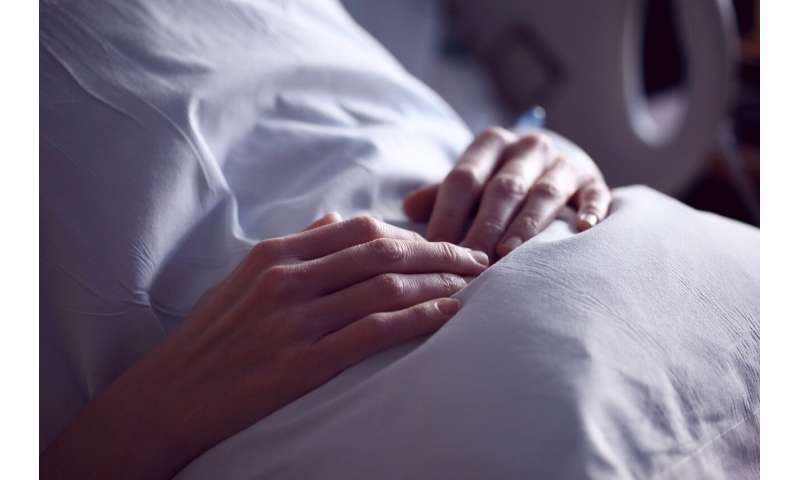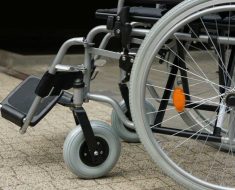
After surveying almost 800 gastroenterology and hepatology patients and their physicians at Penn Medicine, 67% of both viewed their video and telephone appointments held during the peak of the COVID-19 pandemic as positive and acceptable substitutes to in-person appointments. One caveat the researchers uncovered, however, was that patients 60-years-old and older as well as black patients of any age viewed these appointments as slightly less positive compared to younger patients and those of other ethnic backgrounds. The survey shows the strength of Penn Medicine’s telemedicine program, points to patient groups who could benefit from enhanced engagement strategies, and suggests that telemedicine in general can be a suitable replacement for many types of in-person visits. The findings were published in the latest issue of Gastroenterology.
“In one week, our gastroenterology and hepatology practice went from doing roughly 5% of our visits per week with telemedicine to 94%,” said the study’s corresponding author, Shivan Mehta, MD, MBA, MSHP, an assistant professor of Medicine at the Perelman School of Medicine at the University of Pennsylvania. “Given the speed at which our practice ramped up telemedicine use and the external stressors faced by both patients and clinicians during this pandemic, it’s notable that the implementation of remote visits was so well-received.”
From March 16 to April 10, 2020, 94% of gastroenterology and hepatology appointments at Penn Medicine were performed using telemedicine in order to mitigate risks of COVID-19 spread while continuing to advance care as patients self-isolated at home. A telemedicine visit meant either a video visit (similar to FaceTime or Skype) or one via phone in which clinicians largely performed routine and non-urgent care. After reporting back using a 5-point rating system, 67% of patients who did a video or phone visit during this time reported that the visits were “good/better” than regular in-person visits with 96% saying that they were “somewhat/very satisfied with medical care” they received. When asking clinicians, 88% thought the visits were “good/better” than in-person and just over 80% said they were “somewhat/very satisfied” with the medical care they were able to provide their patients.
While patient satisfaction was high overall and across groups of people based on age and ethnicity, older patients and patients who are black rated these telemedicine appointments a little lower than their peers. Specifically, 61% of the 60-plus group and 62% of black patients thought found the visits to be “good/better” than traditional visits.
“This shows we should investigate the reasons why these particular patients don’t feel telemedicine meets their needs to the same extent as their peers,” said the study’s first author, Marina Serper, MD, MS, an assistant professor of Medicine at Penn. “For older patients, it’s likely their unfamiliarity with video visits and some of the technology, but the reasons are less clear when looking at black patients.”
The Division of Gastroenterology and Hepatology as well as the other departments at Penn have been developing, implementing, and studying telemedicine practices for the last few years. Clinicians have gone through telemedicine training, processes have been designed and changed based on research and patient and doctor feedback, and prior to COVID-19, great care was taken in rolling out telemedicine in a deliberate way which allowed for different methods to be tested scientifically.
“It seems easy to jump right in with telemedicine, but the approach at Penn has been to implement it in a measured way where we can learn from the outcomes and bring the best care to patients,” said Mehta. “I think this tactic is part of the reason our patients found telemedicine so favorable. Nevertheless, I think we can deduce that telemedicine as a whole is going to be appreciated by patients.”
While the study counted both video and telephone visits as “telemedicine,” video visits were favored among participants. Researchers said it’s worth noting that not every patient has access or easy access to the technology needed to participate.
“Our research makes a case that the internet should really be considered a healthcare need,” said Serper.
Source: Read Full Article





